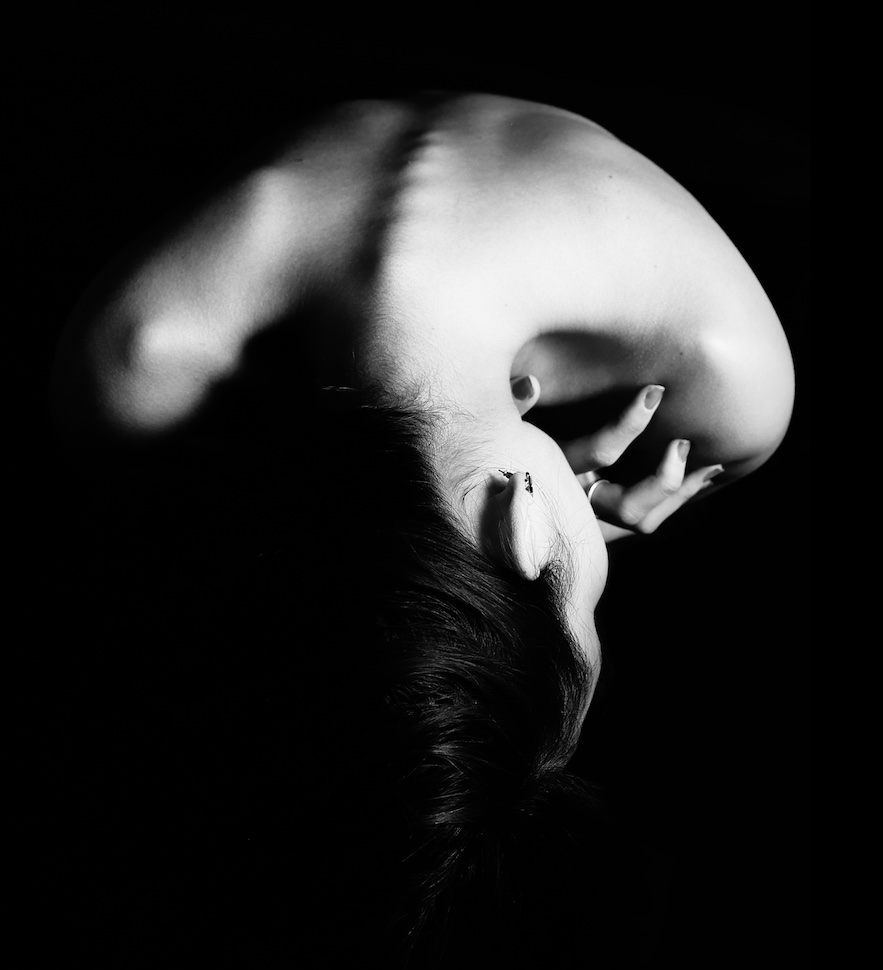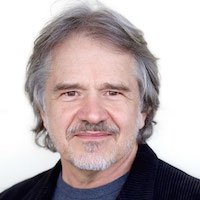As a retired veterinarian and healing arts practitioner with over 45 years of experience, I was certainly familiar with the concept of “spinal cord tension” when my chiropractor friend mentioned it.
However, in that moment, the term struck me in a new way. My extensive research in the fields of traditional allopathic medicine, chiropractic, acupuncture, cranial-sacral, and energy healing inspired this article.
Chiropractic physicians are well aware that the curvature of a healthy spine enables it to function as a spring, absorbing shock and preventing excessive tension in the vertebral muscles. Allopathic surgeons, even though they are aware of this curvature, often disregard it in order to fuse the vertebrae or perform other surgical procedures.
Certainly, at times, people receive that surgery as a God-send. At the same time, chiropractors are often horrified to see how those surgeries compromise the normal shock-absorbing function of the vertebral column. Spinal tension is generally viewed in an anatomical way. When the curvature is not correct or if there is bony degeneration in one form or another, tensions result, causing pain and discomfort.
The spinal cord is also highly energetic. A myriad of impulses run up and down it continually. The more normally the spinal cord functions, the more fluidly flowing those energy channels are. Tensions within the spinal cord itself are a result of various disturbances, including abnormal spinal curvature, muscle tension, and bone and disk degeneration.
However, in the spinal cord itself, tensions arise from more subtle nervous system abnormalities, which are often the result of stress, chemical imbalance, and psychological tensions. Whatever the source of the tension along the spinal column, other aspects are affected. Even the energies flowing up and down the spinal cord have an electromagnetic influence on the surrounding muscles and nerves.
A little background: Our central nervous system consists of the brain and the spinal cord. Thus, if there is tension in the spinal cord, it affects our central nervous system. The health and function of the entire body is dependent on the health of the nervous system.
For example, the nervous system manages most operations of the mind and body, and helps all parts of the anatomy communicate with each other. Research has shown that there is a relationship between psychosocial stress and spine compression. Of course, physical stress can also cause spine compression.
What struck me in the conversation with the chiropractor was the significance of the tension in the spinal cord itself, and how fundamentally it determines how our bodies, as well as our psyches, develop and function.
When you have time or perhaps this evening in bed, you may want to do the following experiment: Lie down comfortably, close your eyes, and bring your awareness to your body. If your awareness is drawn to a particular soreness in the body, just allow yourself to feel it. When you’re ready, allow your awareness to go to your spine. Feel what discomforts, tensions, or strains might be there, and just rest easily with those feelings. This is actually an ancient Vedic technique for relieving stress in the body.
It was an epiphany for me to realize the degree to which those feelings are expressions or manifestations of the tension in the spinal cord itself. Though the spinal cord has no sensory nerves, what we’re feeling is in fact a result of the state of the spinal cord. The process of allowing our awareness to be with those sensations is deeply healing for the entire nervous system through the portal of the spinal cord. This is because the light of awareness heals.
By working with this and reflecting on it, I’ve come to appreciate the degree to which spinal tensions determine the quality of our lives. Though the tension in the spinal cord itself may be subtle, its influence over the long term is profound. Even ancient healers have spoken of the central role of the nervous system with respect to one’s health and even one’s spiritual evolution. For example, some of my past teachers referred to the brain stem as “the mouth of God.”
Certainly, exercise, massage, and chiropractic adjustments can greatly help various spinal column problems. Tensions in the muscles can be relieved, subluxations can be corrected, and even proper curvature of the spine can be restored. However, the deeper and more fundamental tension born of imbalances within the spinal cord is not addressed directly by those modalities. To get to the root of the imbalance, the energetics within the spinal cord itself must be addressed.
Fortunately, the human physiology has a natural ability to self-normalize. On grosser levels of the physiology, it’s easy to see how that process is supported. For example, if there is a broken bone, clearly it can be helpful to immobilize it. However, when it comes to the subtle imbalances within the energetics of the spinal column itself, the nature of the imbalances are far too subtle to be fathomed, and thereby corrected.
The technique of bringing your awareness to the spinal column tensions is one method of facilitating the self-normalizing process. This helps them relax and let go. Even the laying on of a hand can help relax, comfort, and bring a healing influence. In Ayurveda, there is a Shirodhara technique which brings deep relaxation to the entire nervous system. Proper meditation can also facilitate a natural and deeply restful state to the nervous system. Not all meditations do that. My recommendation is the Surya Ram Meditation.
Most popular healing techniques have a proper time and situation to be employed. As time goes by, appreciation for subtler techniques like energetic healing and meditation seem to be growing in favor. These subtler techniques go more deeply into the root of the physiology. They promise to be the gateway to a holistic level of healing that conventional medicine has only begun to imagine.
~
~
~
Author: Dr. Michael Mamas
Image: Unsplash/Jairo Alzate
Editor: Travis May











Read 21 comments and reply